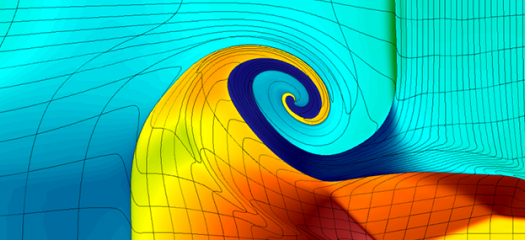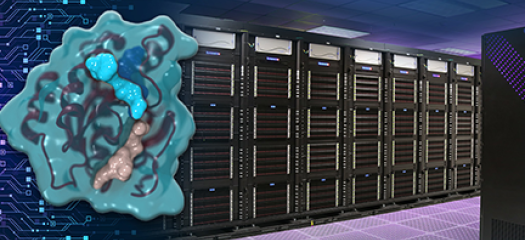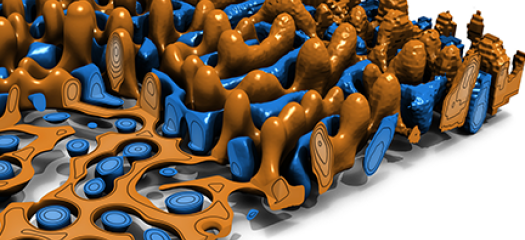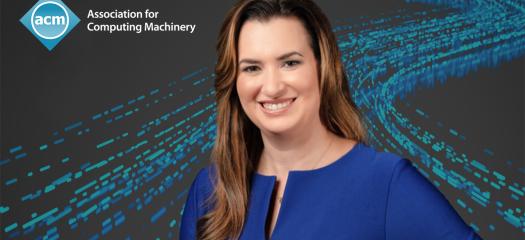Browse this site's news, projects, and people highlights via any of the topics in the dropdown list or below each content description.

BLAST
BLAST is a high-order finite element hydrodynamics research code that improves the accuracy of simulations and provides a path to extreme parallel computing and exascale architectures.

LLNL and BridgeBio announce trials for supercomputing-discovered cancer drug
In a milestone for supercomputing-aided drug design, LLNL and BridgeBio Oncology Therapeutics today announced clinical trials have begun for a first-in-class medication that targets specific genetic mutations implicated in many types of cancer.

S&TR cover story: The Laboratory’s habit of innovation
LLNL’s HPC capabilities play a significant role in international science research and innovation, and Lab researchers have won 10 R&D 100 Awards in the Software–Services category in the past decade.

Former Lawrence fellow Amanda Randles awarded 2023 ACM Prize in Computing
Randles, a former Lawrence fellow and current LLNL collaborator, was recognized for “groundbreaking contributions to computational health through innovative algorithms, tools and high performance computing methods for diagnosing and treating a variety of human diseases.”
